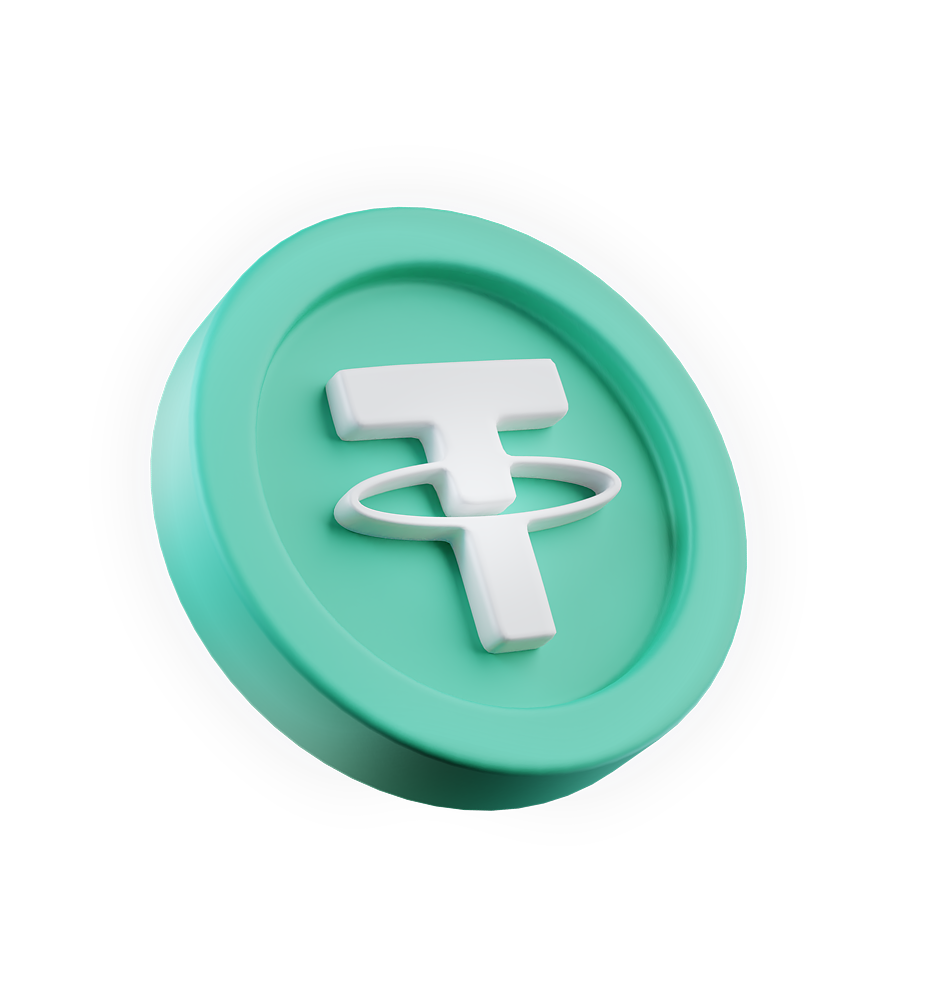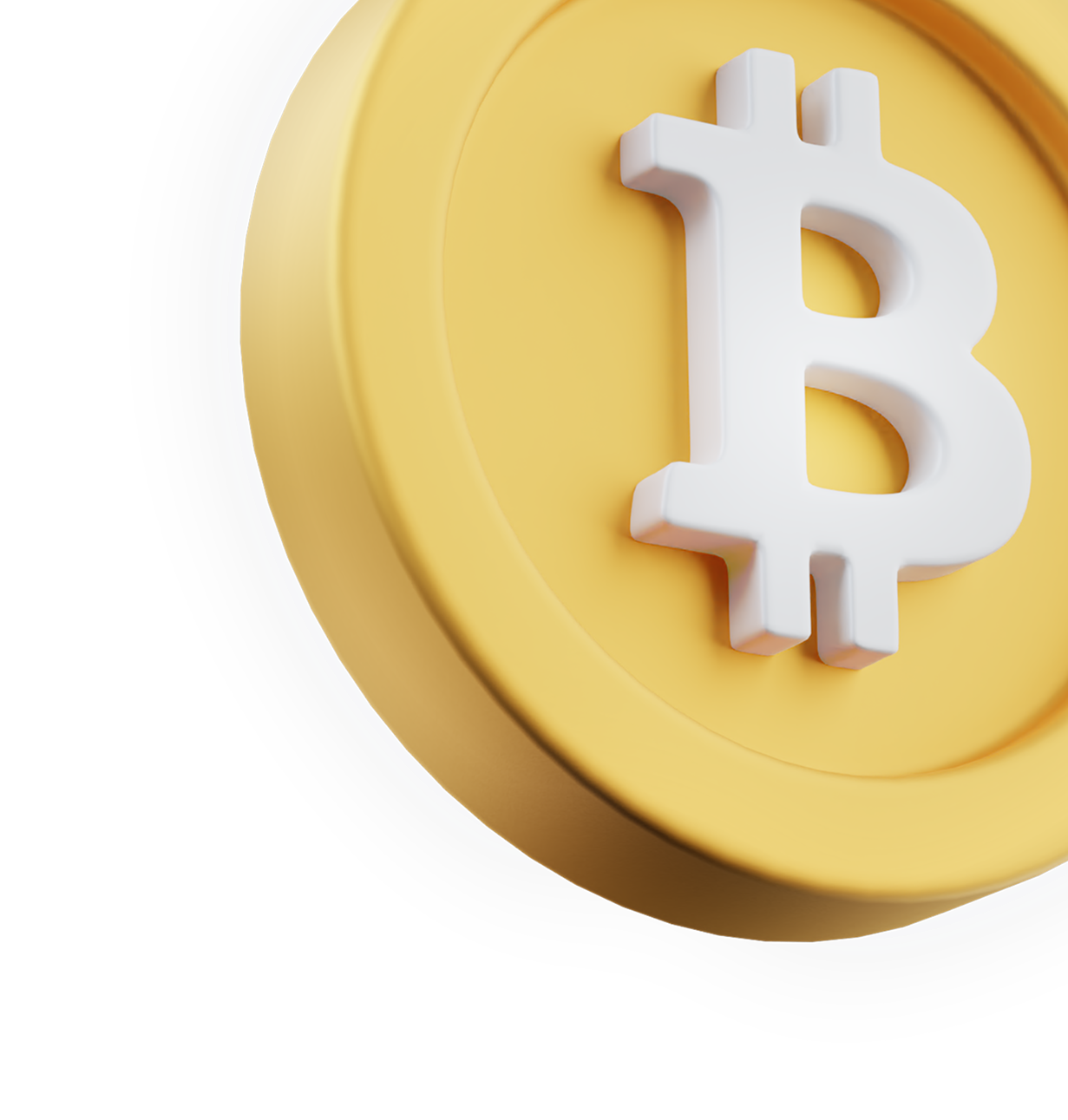The ongoing debate between Ripple and Stellar has been a point of contention for crypto-enthusiasts for years. As of 2023, both platforms have made significant strides, though each has faced its own set of challenges. To help you determine whether to focus your resources on Ripple or Stellar, we deep dive into the current state of these cryptocurrencies and why there might be room in your portfolio for both.
The ongoing debate between Ripple and Stellar has been a point of contention for crypto-enthusiasts for years. As of 2023, both platforms have made significant strides, though each has faced its own set of challenges. To help you determine whether to focus your resources on Ripple or Stellar, we deep dive into the current state of these cryptocurrencies and why there might be room in your portfolio for both.
Get to Know Ripple in 2023
Created in 2012 by David Schwarz, Jed McCaleb, and Chris Larson, Ripple, and its native cryptocurrency XRP, aim to transform the banking sector. They seek to expedite international transactions and drastically reduce costs by circumventing intermediaries like SWIFT, renowned for its costly and sluggish transfers. This innovation has garnered interest from significant players in banking.
However, Ripple's journey has seen hurdles. Owning around 60% of XRP's total supply raised decentralization concerns among investors, and some feel that the cryptocurrency might be too costly for global payments. In addition to these challenges, a significant legal dispute unfolded between Ripple and the United State’s SEC in mid-July regarding XRP's classification as a security. Despite these adversities, Ripple's third-highest crypto market capitalization underscores its influential market presence.
Get to Know Stellar in 2023
On the other hand, Stellar emerged two years post-Ripple and shares a co-founder in Jed McCaleb. The Stellar network is built to make cross-border payments efficient, especially targeting the developing world. This is mirrored in its practical applications: A user in Argentina, for instance, can quickly convert the Argentinian peso into Kenyan shillings through Lumens (Stellar's cryptocurrency) almost instantly.
With partnerships like the one with IBM, Stellar Lumens (often referred to as XLM) has solidified its position as a major player in the crypto space. It aims to assist the unbanked and makes international transfers seamless, low-cost, and rapid. In the broader scheme of blockchain innovations, it's important to also understand the role and function of smart contracts, as they play a pivotal role in many blockchain platforms.
Stellar vs. Ripple: Key Similarities
Foundational Roots
Both were co-founded by Jed McCaleb. This shared origin results in similarities in their codebase.
Absence of Traditional Mining
Unlike Bitcoin's miner-based verification, neither Stellar nor Ripple uses this method, altering their decentralization approach.
Node Operation and Structure
Stellar and Ripple are decentralized but control node operations more than Bitcoin does. Developers manage primary nodes; selected banks and entities can also run nodes, achieving controlled decentralization.
Transaction Efficiency
Leveraging DLT, both platforms have impressive and affordable transaction speeds, charging minuscule fees (e.g., 0.0001 XRP or XLM).
Coin Value Strategy
Both aim to keep coin value low to remain viable as global payment systems; high values could increase transaction costs.
Supply and Circulation
Unlike Bitcoin's fixed-release model, Stellar and Ripple developers can modify coin circulation. While Ripple's supply cap is 100 billion, only 40 billion is in circulation, with the rest held by Ripple. Some criticize this centralized control over coin supply.
Stellar vs. Ripple: Key Differences
Target Market
Stellar
- Operates primarily as a not-for-profit organization.
- Its primary mission is to facilitate financial access for the unbanked populations, particularly in developing regions.
Ripple
- Designed primarily to cater to the banking sector.
- Aims to streamline and revolutionize the sector's massive $150 trillion cross-border transaction market.
Consensus Protocols
Stellar
- Uses the “Stellar Consensus Protocol,” which focuses on achieving consensus without relying on a closed system.
Ripple
- Implements the “Proof-of-Correctness” mechanism, ensuring agreement and correctness among nodes before validating transactions.
Centralization Debate
Stellar
- Often perceived as offering a more decentralized platform.
- This perception is especially strong when juxtaposed against some of Ripple's centralized actions and decisions.
Ripple
- Has faced criticism due to perceived centralized control, especially concerning decision-making.
- Actions like freezing Jed McCaleb’s XRP holdings have amplified concerns about its centralized tendencies.
As of 2023, What Do They Intend for the Future?
Looking forward, both platforms aim to further their partnerships and solidify their presence in the financial transaction space. Stellar will likely continue its outreach to the developing world, forming partnerships that benefit everyday citizens. With its already established relationships with over 100 banks, Ripple will likely focus on increasing its adoption within the banking sector, potentially leveraging XRP for liquidity. While we focus on Ripple vs. Stellar in this piece, other comparisons, such as Cardano vs. Polkadot and Solana vs. Avalanche, also provide insights into the rapidly evolving blockchain landscape.
There’s Room for Both Ripple and Stellar in Your Wallet
Ripple and Stellar are two leading names in the cryptocurrency realm, each offering unique advantages and technologies. For those keen on diversifying your crypto investments, considering both Ripple and Stellar can be a strategic move. Not only does this spread the risk, but it also taps into each platform's strengths and visions.
Summarizing Ripple vs. Stellar
The age-old Ripple vs. Stellar debate doesn't necessarily boil down to choosing one over the other. As the crypto landscape evolves in 2023, both platforms stand tall, each with its distinctive offerings, goals, and accomplishments. While Ripple seeks to revolutionize the banking industry, Stellar aims to bridge economic disparities and enhance financial inclusivity.
Investors and enthusiasts alike should recognize that in a rapidly growing digital economy, there’s space for multiple stars to shine. Understanding their differences and synergies enables you to make informed decisions, ensuring a balanced and forward-looking crypto portfolio.








